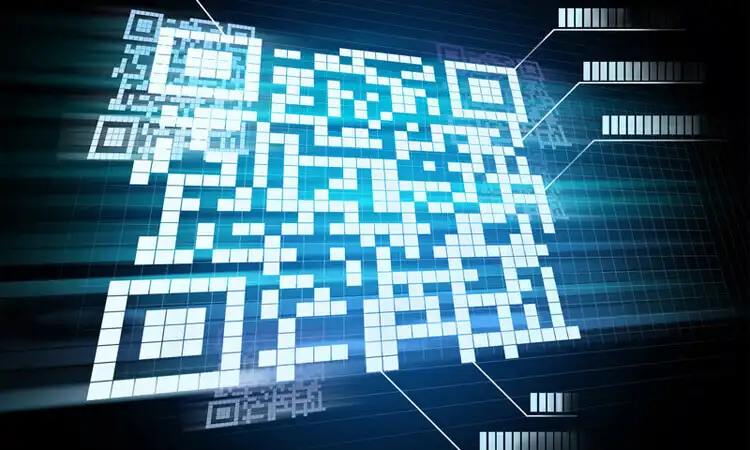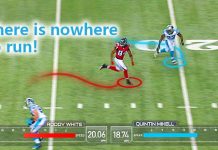QR codes have emerged as a powerful tool in modern-day marketing campaigns. With over 11 million households in the US alone scanning a QR code in 2020, the popularity of QR codes has skyrocketed. These codes offer many benefits over traditional marketing tools. These include increased consumer engagement and better mobile optimization. This extensive guide will explore the advantages and best practices of using QR codes in marketing. We will also examine their limitations and challenges and highlight successful campaigns effectively leveraging QR codes. By the end of this guide, you will have a comprehensive understanding of QR codes in marketing and how to use them to drive results for your business.
Benefits of QR Codes in Marketing
QR codes offer many benefits for marketers seeking to engage with their audience in new and innovative ways. Here are some of the key benefits of using QR codes in marketing:
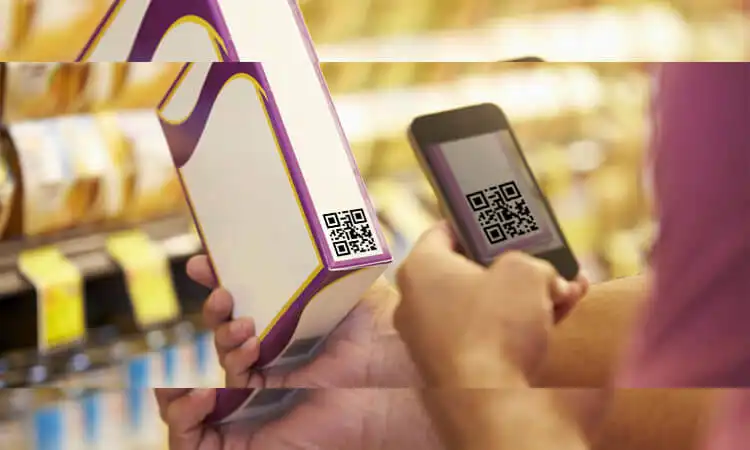
Enhance User Engagement
QR codes can help marketers engage with their audience more effectively. Research has shown that QR codes can increase website traffic by 40%. Using QR codes, marketers can direct users to specific landing pages, videos, social media profiles, and other content.
Cost-Effective
QR codes are a cost-effective alternative to traditional marketing tools. They can be printed on various materials, such as brochures, business cards, and product packaging, without incurring additional costs. Moreover, QR codes can be modified or updated as needed without having to reprint materials.
Data Collection
QR codes can be used to collect valuable customer data. Users can provide contact information, answer surveys, or access exclusive content by scanning QR codes. This data can be used to personalize QR code marketing messages and develop more effective QR code marketing strategies.
Improved User Experience
QR codes can enhance the user experience for mobile users. By scanning a QR code, users can access information quickly and easily without typing in a URL or searching for content. QR codes can also offer discounts, promotions, and loyalty rewards.
Trackable and Measurable
QR codes offer a measurable way to track the success of marketing campaigns. Marketers can use analytics tools to monitor the number of scans, conversions, and other key metrics. This data can help marketers optimize their campaigns and improve their ROI.
QR Code Best Practices
QR codes can be a powerful tool in a marketer’s arsenal, but they must be used effectively to achieve the desired results. Here are some best practices to keep in mind when using QR codes in marketing:
- Placement. QR codes should be placed in prominent locations where they can be easily scanned, such as on product packaging, posters, or flyers. Placing QR codes in hard-to-reach locations can reduce engagement and scanning rates.
- Size and Design. QR codes should be large enough to be scanned easily but not so large that they take up too much space. They should also be designed with contrast and color to ensure maximum visibility and scanning accuracy.
- Clear Call-to-Action. QR codes should always be accompanied by a clear call to action, such as “Scan to learn more” or “Scan for a discount.” This encourages users to engage with the QR code and gives them a reason.
- Landing Page. QR codes should always lead to a dedicated landing page that provides users with relevant information or an incentive to act. The landing page should be optimized for mobile devices and load quickly to avoid user frustration.
- Shortened URLs. QR codes should link to shortened URLs to ensure the code is scannable and avoid errors. Long URLs can be difficult to scan and may cause users to lose interest.
- Tracking and Analytics. QR codes should be tracked and analyzed to optimize campaigns and improve ROI. Marketers can use QR code analytics to track scans, locations, and other key metrics.
- Security and Privacy. QR codes should be created with security and privacy in mind. Marketers should ensure that customer data collected via QR codes are secure and protected.
In conclusion, following these best practices can help ensure QR codes are used effectively in marketing campaigns. Marketers can optimize engagement and conversion rates by placing QR codes in prominent locations. They can design them for visibility and accuracy, including a clear call to action and leading users to a relevant landing page. Regular testing and optimization can further improve the success of QR code campaigns.
Future of QR Codes in Marketing
The future of QR codes in marketing looks promising. According to a report, the global QR code market is expected to grow at a CAGR of 8.7% from 2021-2028. This growth is attributed to the increasing adoption of mobile devices and technological advancements. Additionally, the COVID-19 pandemic has accelerated the use of QR codes for contactless interactions, further driving their popularity. QR codes are expected to continue to evolve and be used innovatively, providing marketers with new opportunities to engage with their audience.
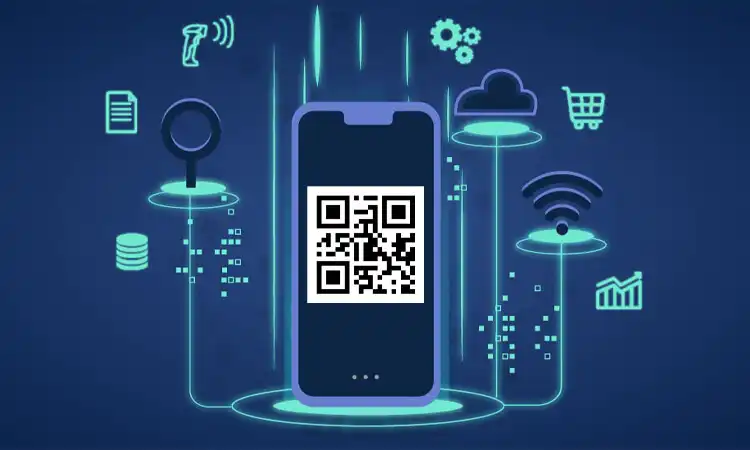
Challenges and Limitations of QR Codes in Marketing
While QR codes offer many benefits, there are also challenges and limitations that marketers should be aware of. Here are some of the most notable ones:
- Lack of Awareness: Despite their growing popularity, many consumers still do not understand what QR codes are or how to use them. This can result in low engagement rates and missed opportunities.
- Security Concerns: Criminals may use QR codes for malicious purposes, such as phishing scams or malware attacks. If unsure of its legitimacy, consumers may be hesitant to scan a QR code.
- Technical Issues: QR codes may not scan if damaged, distorted, or not optimized for mobile devices. This can result in user frustration and reduced engagement rates.
- Limited Data Capacity: QR codes have a limited amount of data capacity. This can be a challenge for marketers who want to provide detailed information to consumers.
- Cost Creating and implementing: QR codes can be costly, especially for small businesses or those with limited resources.
- Cultural Differences: QR codes may not be as popular or well-understood in some countries or cultures. This can limit their effectiveness in those markets.
Despite these challenges and limitations, QR codes remain a valuable tool in a marketer’s toolkit. By addressing these challenges through education, security measures, technical optimization, and strategic use of QR codes, marketers can overcome these limitations and fully realize the benefits of QR codes in marketing.
Read more: A Comprehensive Analysis of QR Code vs Barcode
Examples of QR Codes in Marketing Campaigns
Marketers and brands have widely adopted QR codes and have used them in various innovative ways to enhance their marketing campaigns. Here are some examples of successful QR codes in marketing campaigns that have engaged customers and yielded positive results:
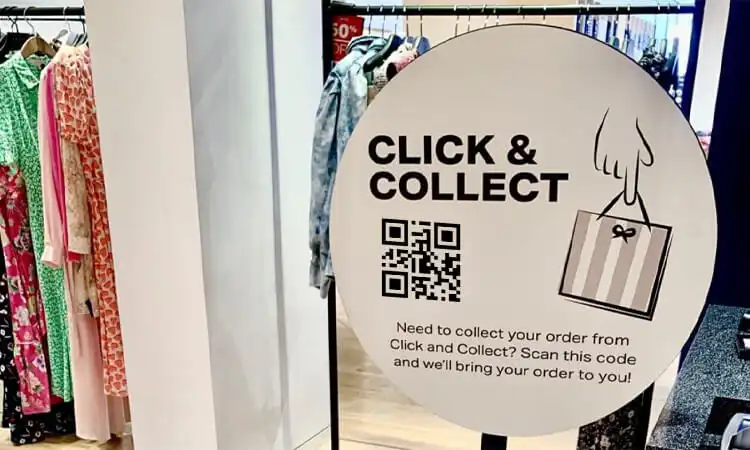
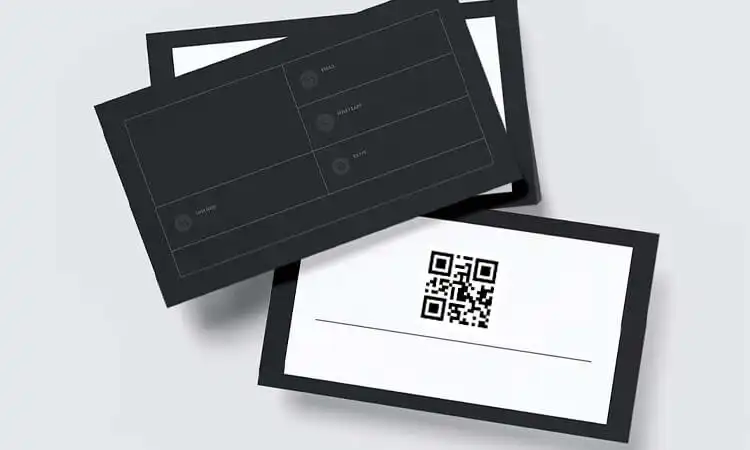
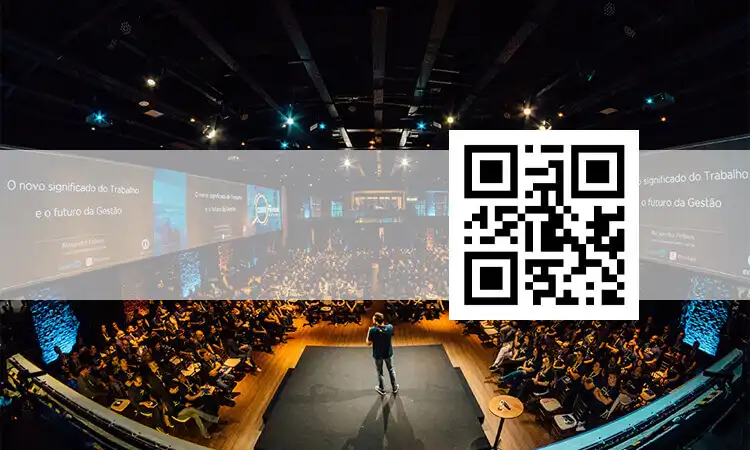
Product Packaging
QR codes are often included on product packaging to provide consumers with valuable information. Such as nutritional information, product origin, or sustainability details. This allows customers to access information that can inform their purchase decisions easily.
QR Codes in Retail
In-store signage with QR codes can provide customers with exclusive discounts, coupons, or product information. This can incentivize customers to purchase while in the store.
QR Codes in advertising
QR codes incorporated into print ads provide a seamless way for readers to learn more about a product or service. This allows readers to quickly and easily access additional information without requiring lengthy searches.
QR Codes in Events
QR codes can be used at events to provide attendees with event schedules, maps, or exclusive content. This provides attendees with a more engaging and interactive event experience.
Mail Direct mail campaigns that include QR codes can encourage recipients to visit a website or make a purchase. This allows businesses to engage with customers through a physical medium while still leveraging digital capabilities.
Business Cards
QR codes added to business cards make it easier for recipients to add a contact to their phone or access additional information about the individual or company. This can lead to increased networking opportunities and business connections.
Overall, QR codes have proven to be a valuable and versatile tool in various marketing campaigns. By creatively incorporating QR codes into their marketing strategy, businesses can provide customers with a more convenient and engaging experience that drives engagement and conversions.
QR codes are a valuable asset in any marketer’s toolbox. Keeping up with the latest QR code best practices is crucial to ensure successful integration in marketing campaigns. By leveraging QR codes for marketing, businesses can boost customer engagement, increase conversions, and deliver enhanced customer experiences. Don’t overlook the power of QR codes in your marketing efforts.
Read more articles related to QR codes:
- The Role of QR Codes in Social Media in the Post-Pandemic Era
- Museum QR Code: An Innovative Approach to Engage Visitors
About QR Codes in Marketing Q&A
-
What are QR codes, and how are they used in marketing?
QR codes (Quick Response codes) are two-dimensional barcodes that can be scanned with a smartphone or tablet camera to access information, like a website, video, or app. QR codes can be used in marketing to give consumers quick access to product information, discounts, and promotions.
-
How do QR codes benefit businesses in their marketing campaigns?
QR codes can help businesses drive engagement, increase conversions, and enhance customer experiences. They provide a convenient and engaging way for consumers to access product information, make purchases, and receive exclusive offers.
-
How can businesses track the success of QR code marketing campaigns?
Businesses can track the success of QR code marketing campaigns by using analytics tools to monitor scan rates, conversion rates, and other metrics. This data can provide valuable insights to improve future campaigns.
-
What are some common mistakes businesses make when using QR codes in marketing?
Some common mistakes businesses make when using QR codes in marketing. These include placing them in obscure locations, not testing them before printing, not providing clear instructions, and not offering valuable incentives to encourage scanning.
-
How have QR codes evolved in marketing over the years?
QR codes have evolved in marketing over the years, from simple black-and-white codes to more complex designs with custom branding and tracking capabilities. They are now used in various marketing campaigns across various industries.
-
What industries are best suited for incorporating QR codes in marketing?
Industries best suited for incorporating QR codes in marketing include retail, food and beverage, travel and tourism, automotive, and real estate. However, QR codes can be used in any industry that wants to provide consumers with quick and easy access to information.
-
How do QR codes compare to other marketing tools like SMS or email marketing?
QR codes offer consumers a more interactive and engaging experience than SMS or email marketing. They provide instant access to information; consumers can scan them at their convenience without providing personal information.
-
What are some creative ways to use QR codes in marketing campaigns?
Some creative ways to use QR codes in marketing campaigns include incorporating them into product packaging, billboards, event tickets, business cards, and promotional items. They can also be used to create scavenger hunts or interactive experiences.


